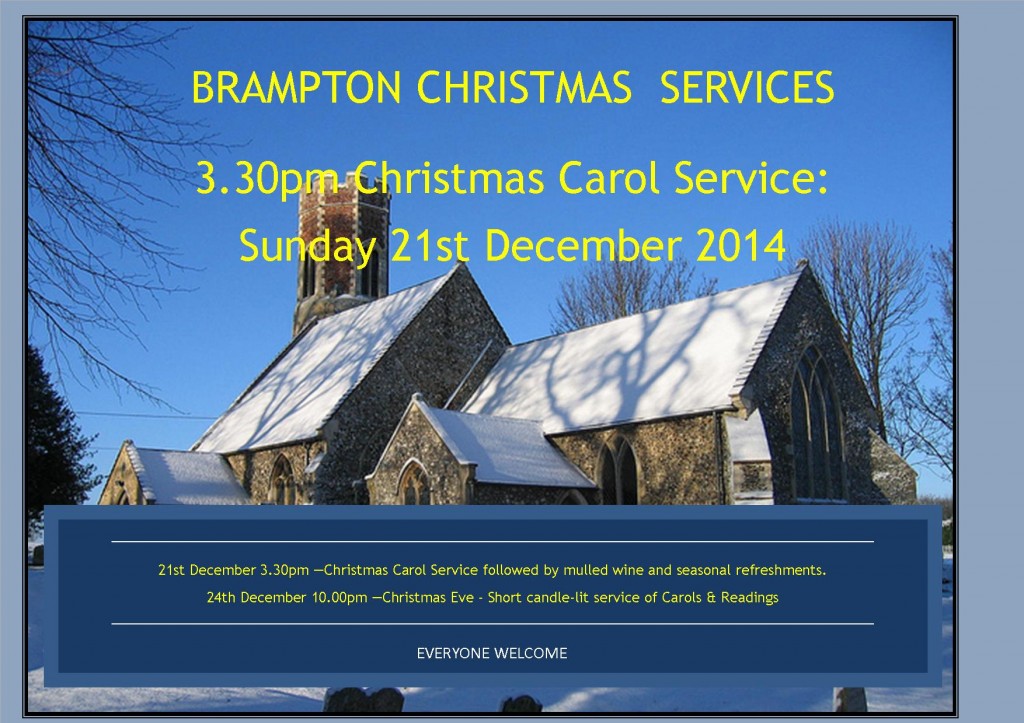Midwinter on the marsh. This morning’s sharp frost, a low sun and the chill threat of showers sweeping in from the north, combine to colour and etch the landscape. A section of a rainbow briefly touches the Mill Marsh as a brief squall washes in. A Kestrel is mobbed by a Crow and I hear the high pitched call of an unseen Kingfisher. The river runs high in its banks and the pool below the sluice does not look at all inviting. The dogs and I are thankful for the frost which has made out progress much easier over the muddy well-used river path.
By the time we reach the Common, the sun has raised the air temperature as long as we keep out of the wind. Moles have pockmarked the drier sections of river bank, but the soke dykes are full and the drains are running. Just below the

horizon, the sun picks out the colours of cottages.

